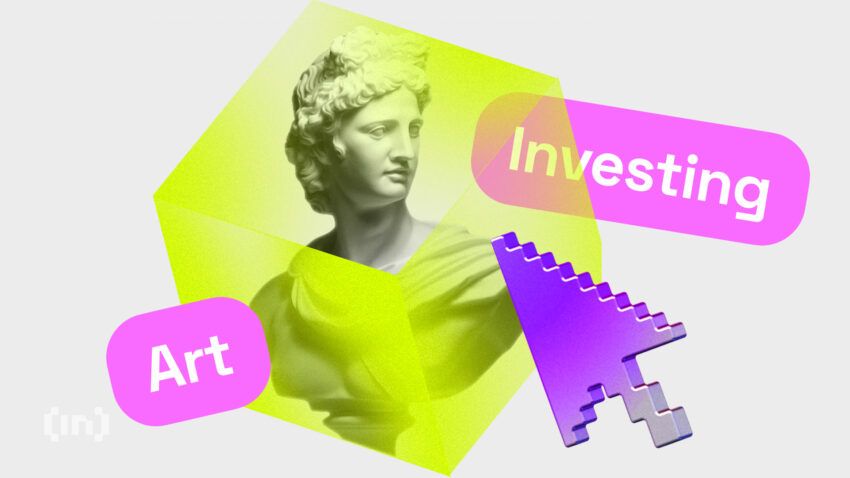10101.art is launching a new platform that offers tokenized art by Pablo Picasso, Banksy, Salvador Dalí, Andy Warhol, and others. They will initially offer 1,500 random pieces of the Turf War painting by Banksy for $60 at a presale.
10101.art will use a “sound” legal framework to manage ownership transfers of tokenized art. The exchange of a fractional art piece can be completed with “two clicks.”
Tokenized Art Is First Step Toward a DAO
Each owner of a piece of tokenized art receives a certificate that gives them access to a community of collectors of the same artwork. It also allows them to hold a small piece of an asset that would normally be too expensive to own fully.

Read more: Where To Buy Tokenized or Fractionalized Real Estate and Art
Project head Alina Krot said 10101.art helps a broader community enjoy artworks that were previously part of a private collection. Later, the platform plans to introduce a decentralized autonomous organization (DAO) that may offer additional benefits for token holders.
Broadly speaking, tokenization takes any asset, physical or digital, and “mints” them on a blockchain through one of several standards. Some users mint non-fungible tokens (NFTs) according to the ERC-721 standard on Ethereum.
Read more: How To Create an NFT – A Step-by-Step Guide for Beginners
Minting involves creating a smart contract, a piece of executable code on a programmable blockchain, that defines an asset’s attributes. Once minted, any transfers of the token should correspond with an exchange of the asset. In the case of digital assets, the new owner should have access to the file, and for physical assets, a transfer of the ownership certificate must follow each transaction.
How US Laws Frustrate Fractionalization
Earlier this year, Mitch DiRaimondo, a project manager at SteelWave Digital, the digital arm of real estate company SteelWave, said that it domiciled its tokenization project in Bermuda. He said that, in order to navigate the complex US tax code, investors can buy fractions of fully leased US property only through an investment fund.
They can, but do not have to, convert their shares into digital securities once the asset is owned by the fund. The investor is only motivated to do so if a secondary liquid market is guaranteed.
He added that, for now, US investors cannot see the long-term benefits of this approach. Age-old US tax and ownership structuring laws and a lack of clarity from regulators make the project complex to run.
“Navigating the transition involves addressing legal structuring challenges, particularly when adapting to age-old tax, entity, and structuring laws traditionally applied to real estate, especially when attempting to incorporate them into a tokenized framework.
“This task is made all the more complex in the absence of clear guidance from regulators. Regrettably, the US regulatory environment hasn’t kept pace with global advancements.”
Do you have something to say about the rise of tokenized art ownership, Banksy, or anything else? Please write to us or join the discussion on our Telegram channel. You can also catch us on TikTok, Facebook, or X (Twitter).
Trusted
Disclaimer
In adherence to the Trust Project guidelines, BeInCrypto is committed to unbiased, transparent reporting. This news article aims to provide accurate, timely information. However, readers are advised to verify facts independently and consult with a professional before making any decisions based on this content. Please note that our Terms and Conditions, Privacy Policy, and Disclaimers have been updated.


